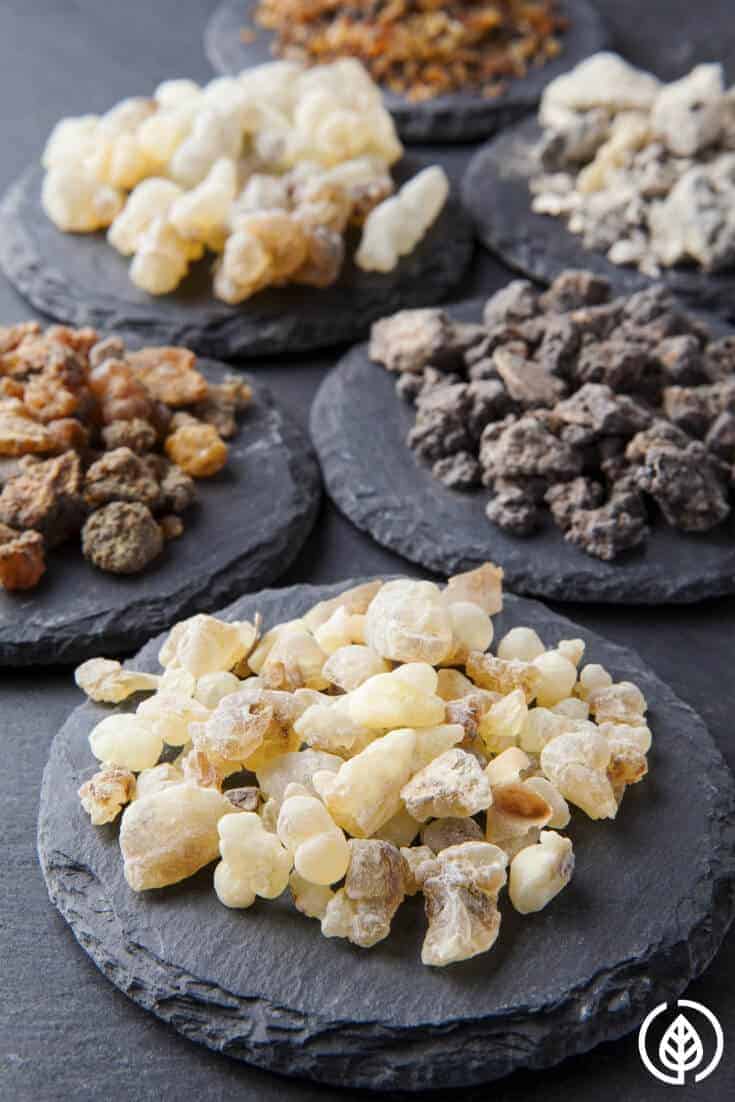Can copaiba essential oil bring relief to the nearly 80 million Americans who have arthritis or joint pain? Preliminary research suggests it may provide relief due to its anti-inflammation effects.
Lavender, eucalyptus, tea tree, lemon….
Almost everybody is familiar with these essential oils. Even people who aren’t into natural healing.
Copaiba essential oil isn’t often one of the first oils people new to essential oils try. But maybe it should be part of everybody’s natural medicine cabinet.
That’s because this oil from South America just might be one of the most effective natural anti-inflammatory ingredients. Many diseases are caused by inflammation. Therefore, copaiba may be beneficial for treating a wide variety of conditions.
What is Copaiba Oil?
The oil comes from resin. The resin is exctracted from a tree that grows up to 100 feet tall. The way the resin is extracted is very similar to how maple syrup is tapped. Drill a hole in the tree and out comes a sappy, brown sticky substance.
People in Brazil have been using it as a folk remedy since at least the 1500s. Brazil produces almost all the copaiba oil in the world.
What is Copaiba Good For?
Primarily, it’s best for treating over-inflammation. But according to the Updated & Revised Essential Oils Expanded guide, copaiba can be used to treat a wide variety of conditions relating to pain and inflammation. These include:
- Fibromylagia
- Back pain
- Herniated Disc
- Digestive Support
- Autoimmune Disease
- Cirrhosis and Hepatitis
- General immune support
The Essential Oils Expanded guide also claims that the oil can help with emotional trauma and post-traumatic stress disorder. It’s also supposedly beneficial for anxiety and depression. Why? Natural healing advocates believe it can help with emotional trauma because it is grounding in nature.

Does Copaiba Work?
Copaiba contains a substance that binds to certain receptors in the body. And as a result, inflammation goes down and you feel more relaxed.
People who swear by it claim that it also works for the respiratory, nervous, cardiovascular and digestive systems. There’s even a study that says it works on acne.
Cobaiba, according to essential oil experts, reportedly enhances the affects of other oils.
Copaiba For Arthritis
If there’s been any buzz in the media about copaiba, it’s been for its promising arthritis-relieving potential. A 2017 study in the Journal of Cellular Biochemistry examined copaiba’s effects on rats with arthritis. The rats treated with copaiba all experienced less inflammation in their paws, adrenal glands and lymph nodes.
In addition, the copaiba-treated rats had less of a substance (MPO) that’s associated with rheumatoid arthritis.
The results of the study “reveal that copaiba oil present[s] systemic anti-inflammatory and antioxidant actions in arthritic rats,” conclude the researchers.
That’s very promising news for the over 50 million Americans with arthritis. Not to mention the 20-plus million more with chronic pain not caused by arthritis.
However, as reported in ScienceDaily.com, the study does not provide sufficient evidence. Nor do the small case reports on human subjects. Copaiba studies need to be performed on people with inflammatory arthritis. They also need to be measured against conventional pain relievers. Until then, most scientists likely will remain skeptical about using it for arthritis.
What Should You Combine With Copaiba Essential Oil for Pain?
According to MomPrepares.com, if you have chronic pain or any other symptom of inflammation, here are some good oils to combine with copaiba:
- Cedarwood
- Clary sage
- Eucalyptus lemon
- Frankincense
- Geranium
- German chamomile
- Juniper berry
- Lavender
- Roman chamomile
- Rosewood
- Spearmint
If you suffer from arthritis and want to use a few of these oils, you can create a blend. Just make sure that if you want to apply it to affected areas, you add a carrier oil. Popular carrier oils are almond, coconut, jojoba and olive oil. To safely test the oils on your skin, use one part carrier oil to one part essential oil.
In addition, you can add these oils to a bath along with Epsom salt.
Relieving Pain with Copaiba
The blogger at MomPrepares also says that for pain, you should add aloe vera to copaiba. You can also add some of the oils from above or also turmeric. There are hundreds of studies on turmeric that show it can lower inflammation.

Copaiba for the Brain
In addition to fighting inflammation, copaiba essential oil may help improve brain disorders.
A 2012 study in Evidence-Based Complementary and Alternative Medicine investigated the anti-inflammatory and brain-protective effects of the oil following an acute damage to the motor cortex of the brain in rats.
Animals were injected with a neurotoxin. They were treated with a single dose of copaiba soon after surgery. The rats treated with copaiba showed that their muscle tissue was preserved. Furthermore, the rats didn’t need as many white blood cells to help boost their immune system.
The researchers of this study conclude that copaiba protects the brain by lowering the inflammatory response after an injury to the central nervous system.
Other research shows that it may help block pain signals, and has anti-cancerous and anti-bacterial properties. It may also help with wound healing and prevent ulcers from forming.
A study in Alternative Medicine Review even says it can significantly decrease the surface area affected by acne.
Are There Side Effects of Copaiba?
According to WebMD, no, it’s not likely that you’ll experience side effects from taking it. However, don’t use it internally as a medicine, urges WebMD. That’s because it may cause side effects such as stomach pains, vomiting, diarrhea, rashes, tremor, groin pain, and insomnia.
And if you do use it topically, it is possible you can be sensitive to it. Therefore, it could potentially cause a rash, swelling, itchiness or redness. Also, WebMD says it can have a diuretic effect, which encourages the production of urine.
Copaiba Conclusion: Promising Results for Pain & Inflammation
A small study involving 36 people shows promise for treating arthritis of the hand with copaiba. With the publication of larger studies in peer-reviewed journals, expect this diverse therapeutic oil to receive more attention. It just may be tomorrow’s turmeric.






